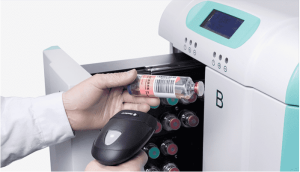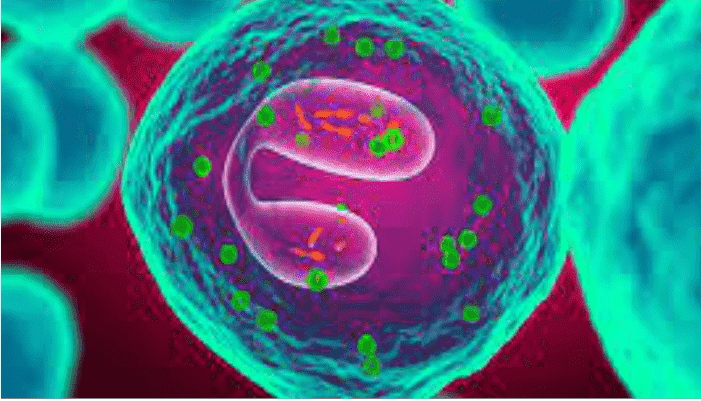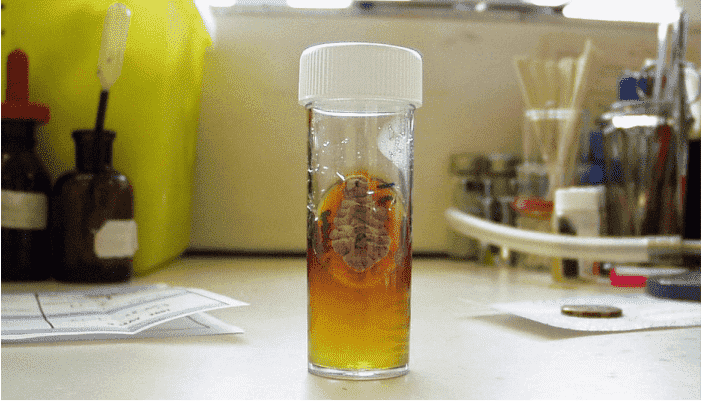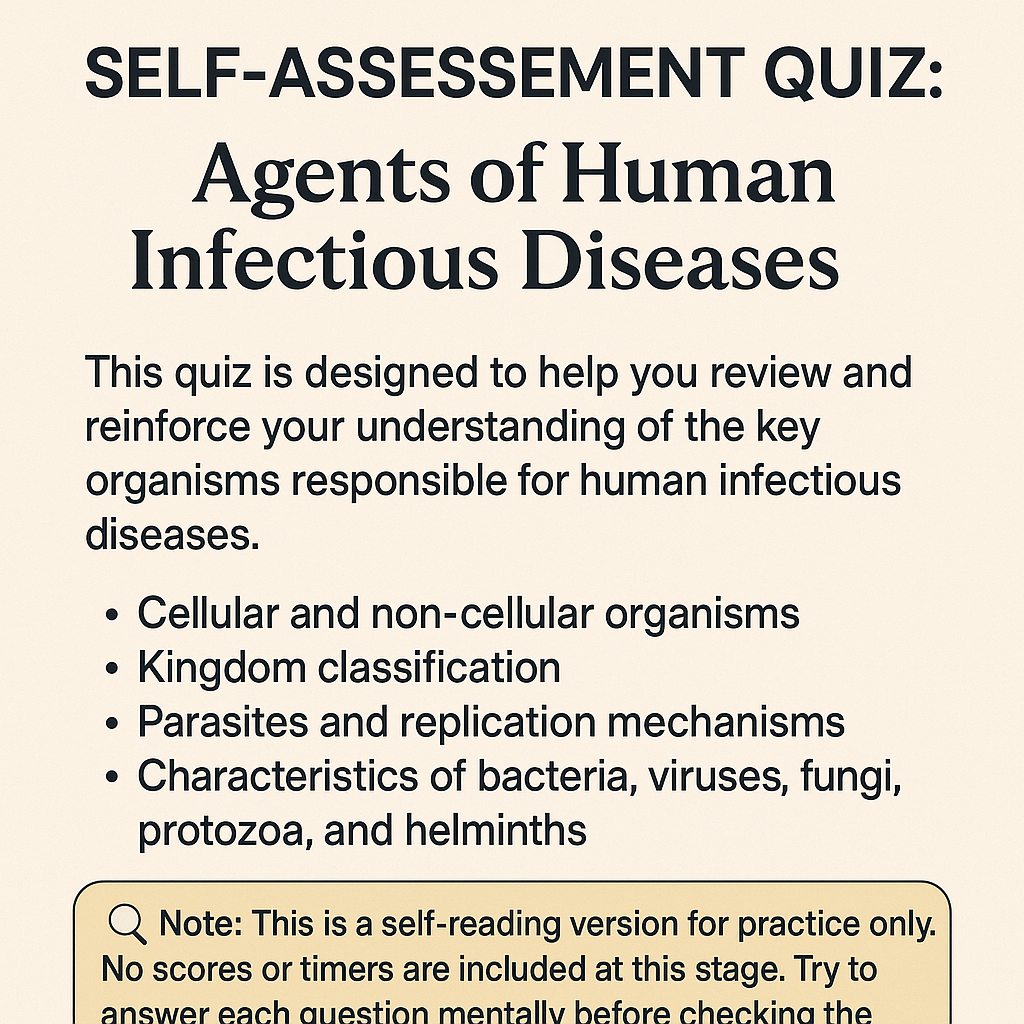Blood Culture: Aerobic and Anaerobic Test Overview

Synonyms
Aerobic Culture of Blood, Anaerobic Culture of Blood, Blood Mycobacteria Culture, ARD Blood Culture, Isolator™ Blood Culture.
Test Overview
Blood cultures help detect and isolate pathogenic microorganisms in the bloodstream, enabling early diagnosis and treatment of conditions like septicemia, meningitis, and enteric fever. Both aerobic and anaerobic organisms are tested, and significant isolates are subjected to antimicrobial susceptibility testing.
Patient Preparation & Specimen Collection
- Clean the venipuncture site thoroughly using 70% alcohol and iodine or povidone-iodine.
- Allow antiseptic to dry completely before puncture.
- Use venous blood, ideally from two different sites, before initiating antibiotic therapy.
- Collect 10–20 mL per set in adults; 1–5 mL in pediatric patients.
- Use one vented (aerobic) and one unvented (anaerobic) bottle.
Storage & Transport
Process SPS-containing tubes immediately. Avoid prolonged exposure to SPS or improper temperature conditions.
Sample Rejection Criteria
Unlabeled bottles or those with improper volume are rejected.
Turnaround Time
Preliminary report: within 48 hours; Final report: 5–10 days.
Clinical Use
- Diagnose bacteremia, septicemia, endocarditis, and meningitis
- Identify pathogens like Brucella, Leptospira, Mycobacteria, and fungi
- Track bloodstream infections in immunocompromised patients
Limitations
- Prior antibiotic use may yield false negatives
- Skin flora contamination can result in false positives
- Multiple cultures (at least 3 sets) increase diagnostic yield
- Coagulase-negative staphylococci may or may not indicate true infection
Special Culture Techniques
Special media or techniques may be needed for Mycobacterium avium-intracellulare, fungi, and atypical organisms. Lysis centrifugation and radiometric monitoring enhance recovery.
Antimicrobial Removal Devices (ARD)
Resin bottles or ARD bottles are used in patients on antibiotics. However, their cost-effectiveness and diagnostic superiority are still debated.
Methodology
- Subculture on blood agar and chocolate agar
- Automated radiometric/infrared detection systems
- Lysis centrifugation for fungal and mycobacterial recovery
Interpretation and Clinical Correlation
Distinguishing pathogens from contaminants requires correlation with the clinical picture (fever, WBC count, symptoms). S. epidermidis may be a pathogen in prosthetic or catheter-related infections.
References
- Jacobs et al., “Laboratory Test Handbook”, Lexi-Comp Inc, 1994
- Aronson MD & Bor DH, “Blood Cultures,” Ann Intern Med, 1987
- Chan R et al., “Evaluation of Lysis Filtration,” J Clin Pathol, 1986
- Wilson ML et al., “BacT/Alert™ vs Bactec Systems,” J Clin Microbiol, 1992
- Sheagren JN, “Staphylococcus epidermidis,” Arch Intern Med, 1987


